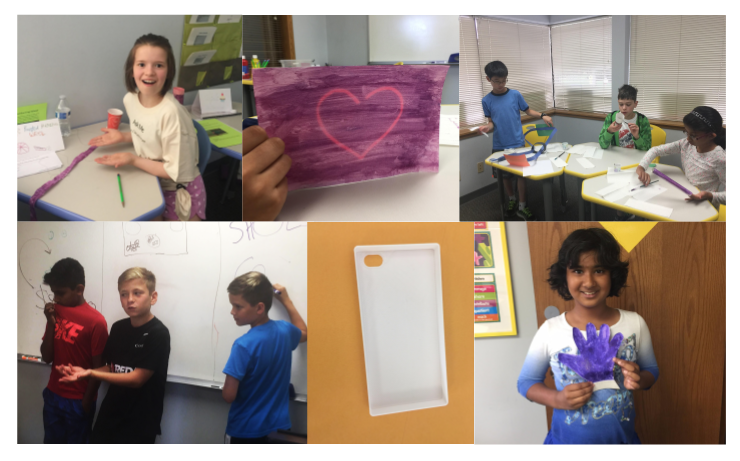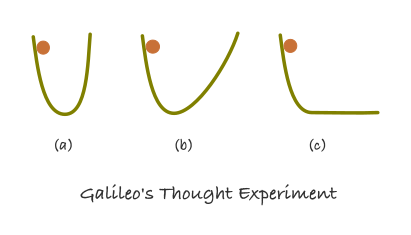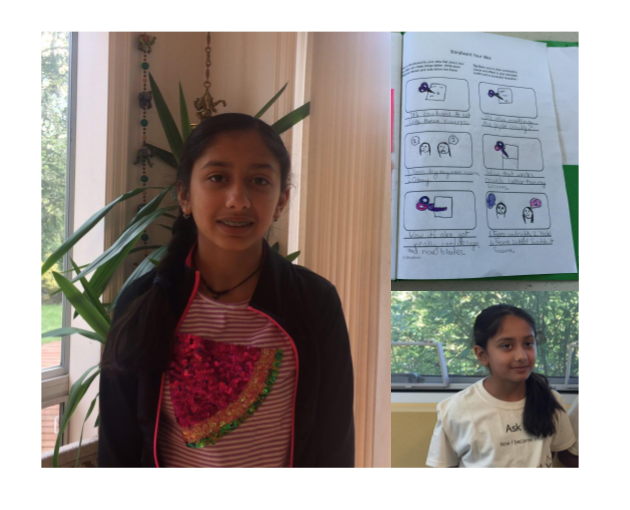Wilson Greatbatch was an American engineer and inventor, who had more than 150 patents to his name over his lifetime. His most famous invention is the implantable Pacemaker, which has saved countless lives since it came out. But it almost didn’t happen!
Greatbatch was working on a device to record heart sounds, when he accidentally installed the wrong resistor and realized that the device was now giving off rhythmic electrical pulses. He realized at that moment, that he had hit on something important. Pacemakers before that time were bulky devices that worked on power mains, but Greatbatch’s discovery showed that they could work with battery and could be made small enough to be implanted.
While this may seem at the surface to have been an accidental discovery, Greatbatch was really thinking like a good scientist. Kevin Dunbar and Nancy Nersessian, have studied scientists and their thought processes for many years, and have distilled the core thinking patterns that underlie creative scientific thinking. Here are a few strategies and techniques that they believe lead to better scientific accomplishments:
Unexpected Results
Accomplished scientists have often mentioned the role of chance in leading to a discovery. But what distinguishes great scientists from average ones is how they pursue the unexpected results. As Dunbar explains, a good heuristic to go by is, “If the finding is unexpected, then set a goal of discovering the causes of the unexpected finding.”
To investigate an unexpected finding, scientists have to pay attention to the finding and recognize that it could lead to some new learning first. It turns out that some scientists have a tendency to make serendipitous discoveries. Sandra Erdelez, a scientist at University of Missouri, has been studying this for many years and found that some people, called the encounterers, have a tendency to stop and “collect” useful or interesting information they bump into. Based on their individual differences in bumping into unexpected information, she classifies people into three types – non-encounterers, occasional encounterers and super-encounterers.
Analogical Thinking
One of the most useful cognitive techniques frequently used in science is analogical thinking. Rutherford-Bohr’s analogy between solar system and atoms or Newton’s analogy between projectiles and moon helped those scientists construct a better model.
Analogies have helped with different aspects of scientific thinking like generating models, designing experiments or formulating hypotheses. As Dunbar explains, “We have found that rather than trying various permutations on a question, the scientists search for a similar problem that has been solved and seek to import its answer to their current problem.” The advantage of analogical thinking, is that it helps the scientists come to a solution quickly by avoiding iterative trials.
Imagistic Reasoning
Imagistic reasoning makes use of images to help in analyzing and understanding a phenomenon. For example, Faraday’s starting point in constructing his field concept was using an image to represent the lines of field like those that form when iron filings are sprinkled around a magnet. By using a more idealized representation through an image, he was able to capture the underlying model.
Nersessian believes that imagistic reasoning, along with analogical reasoning and thought experiments are part of “abstraction techniques” and help construct a model of a scientific concept.
While most people are familiar with analogical reasoning, As Nersessian explains, “…there are numerous cases that establish the prominence of reasoning from pictorial representations in the constructive practices of scientists who were struggling to articulate new conceptualizations. Such imagistic representations have often been used in conjunction with analogical reasoning in science.”
Research in over a decade has demonstrated the significance of these cognitive techniques and strategies in science, and should be included in science education.
We are excited to launch a new middle school science program in partnership with Positive Ally, starting this coming academic year. Our goal is to bring these cognitive techniques to the forefront to build deeper understanding of scientific concepts and help students apply their thinking in solving real world problems.





